If you come from the station and take the direction of the centre, the gates to the city of Bologna are an imposing marble staircase leading to the city’s oldest and largest raised garden. In fact, the Montagnola Park has accompanied the Bolognese since the 14th century, having moulded the rebellious and nonconformist spirit that has always defined the inhabitants of the learned, the red and the fat. The scene of countless popular uprisings, or presumed popular uprisings, legend has it that in the 14th century the pope sent Cardinal Bertrando del Poggetto from Avignon to build a fortress to face the struggles between the lords of Bologna, the Pepoli, and the Emperor. The rebellious Bolognese destroyed the fortress five times over the course of two centuries, giving rise to the hill on which the park now stands. More likely, the rise is due to the 16th century habit of accumulating rubbish and debris in one place, as was also the case in the Giardino del Guasto.
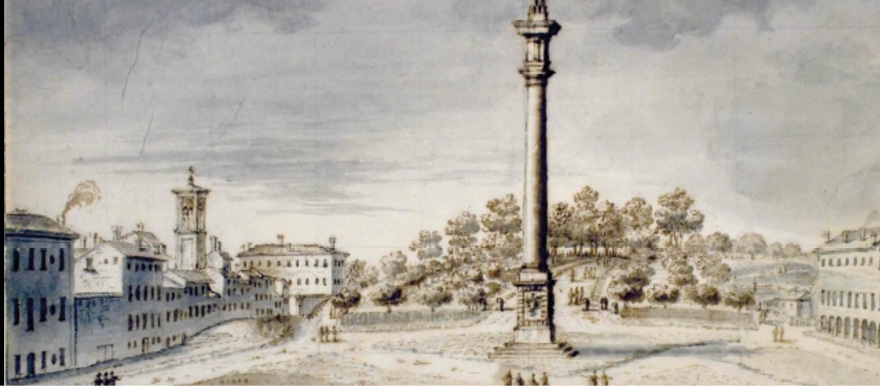
Around the 17th century, the area was used as a garden and recreational area for the city, giving rise to the concept of shared spaces, pioneering for the times, and destined to change the habits of the Bolognese. It was, however, during the Napoleonic era, in 1805 to be precise, when Napoleon stopped for a few days in Bologna and decided to leave the city some typically French marks, that the garden took the form we still know today. The project, entrusted to Giovan Battista Martinetti, saw the construction of the Montagnola promenade: The circular track at the top of the hill with branching tree-lined avenues is reminiscent of the 18th-century French garden model. It was also during this period that the Montagnola experienced its moment of greatest popularity as the scene of festivals, balloon flights, horse races and bicycle races. August 8, 1848, marked another turning point in the history, not only of the park and the city, but of Italy in general: the battle of the Montagnola that saw the citizens confront the Austrian troops, who were then defeated and ousted.
That day, in fact, gave its name to the square below the Montagnola, a battle also depicted in the low reliefs of the Scalinata del Pincio (Pincio Steps), erected from 1870 onwards, and named in honour of the Roman Pincio to celebrate united Italy. The other great function that has always characterized the Montagnola is that of the market, a place for meeting and exchange. If in the 13th century citizens and vendors went there to sell and buy livestock, the name of the Piazzola, still in use today, dates back to 1878 when the market stands (bancarelle) moved there after being closed in Piazza Maggiore. This term in dialect means “reduced space” and to this day continues to indicate the market held on Fridays and Saturdays, “from dawn to dusk,” in the Montagnola venue. La Piazzola has been wittily defined as one of Bologna’s most famous non-places, that is, a place used for a specific purpose while remaining transitional. Today, the Piazzola is a very special district market and has been declared a historical heritage of Emilia-Romagna. The more than 400 stands offer patrons the most bizarre knick-knacks, but also vintage or gothic clothes, leather goods, shoes, household utensils, but no food products.
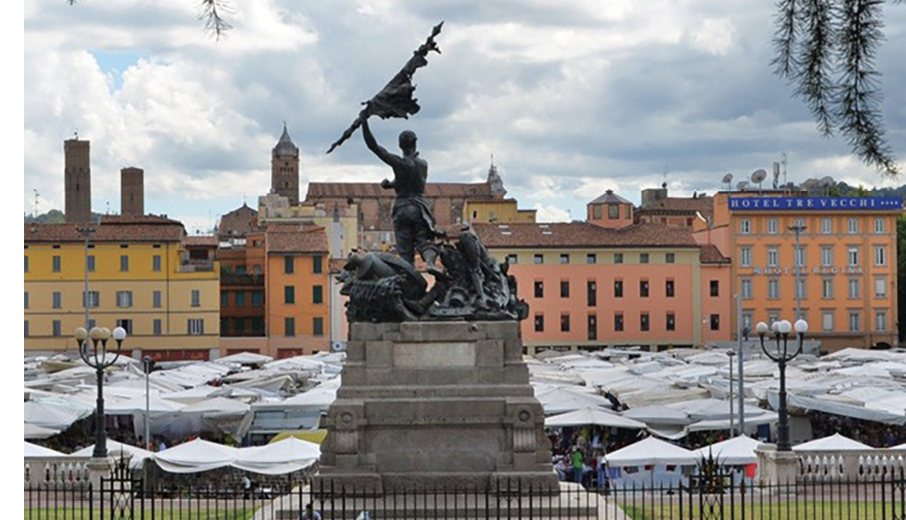
Over time, however, the Montagnola has also become an area considered dangerous due to assaults, drug dealing and deterioration. To cope with the critical situation, redevelopment projects have been launched, the latest in chronological order involving the former Casa del Custode, which has been given in concession to Arci Bologna and other entities such as Cantieri Meticci, Legambiente Bologna, Canicola, Senzaspine and Crudo, with the aim of redeveloping the area through sociocultural projects. This experience led to the birth of Montagnola Republic, the music festival that enlivened Bologna’s warm evenings with meetings, apéritifs, workshops, and concerts from June to September 2022. Another example of active citizenship is “Frida in the Park,” the light-blue Art Nouveau kiosk in the centre of the park, taken over in 2019 by a group of citizens who wanted to create a social place for all.
The website indicates: It was from the outset an inspiration, a social experiment, an adventure that became, little by little, bigger than it was thought it could be. Frida is a small bistro that offers breakfast, ice cream, lunch, and apéritifs. But above all, Frida in the Park is culture: it is music, presentations, workshops, performances, art, parties.
A potential business card for the city, given its proximity to the Central Station, and a possible tourist attraction, considering its high historical and cultural value, but also a space to experience for those who live in Bologna every day, it is not surprising that the Lepore administration has decided to allocate EUR 2 million, from the Next Generation EU Recovery Plan, for the construction of a new low-energy structure in the centre of the park.
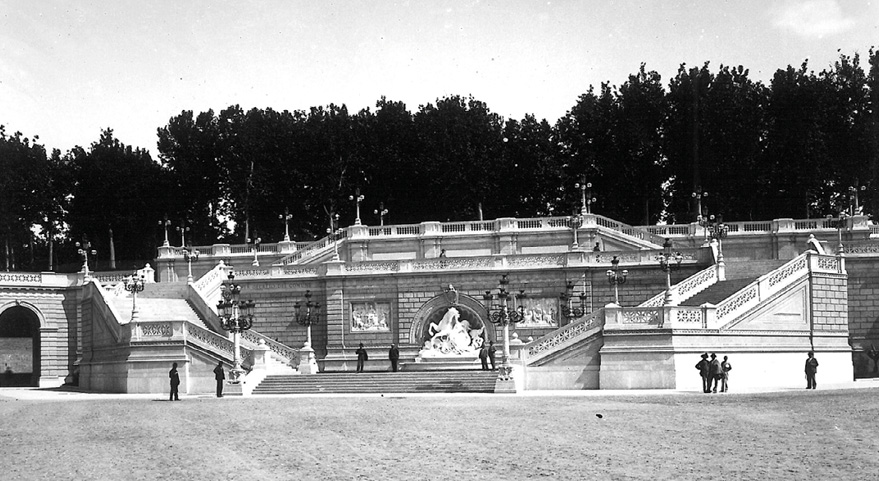
The new structure, multifunctional in character with refreshment areas, laboratories, an auditorium, and study rooms inside, has the ambition of creating continuity between indoor and outdoor spaces, to complete the work of enhancing the area with community facilities and participatory itineraries.
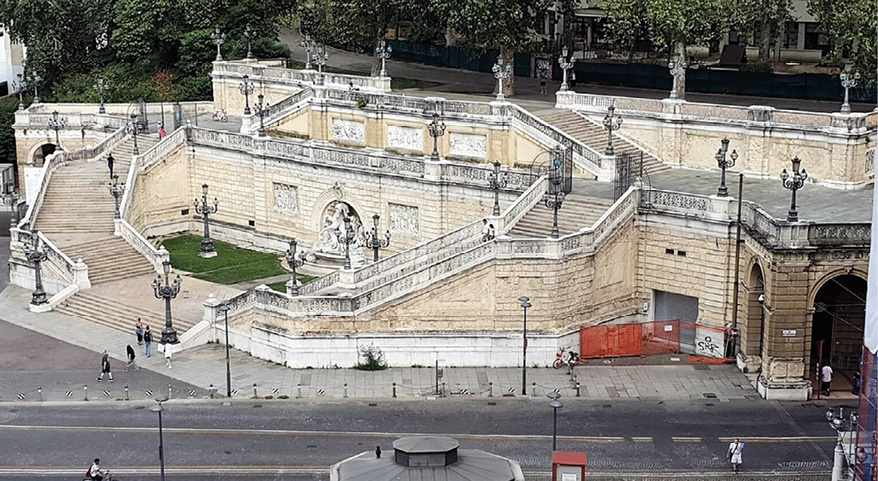

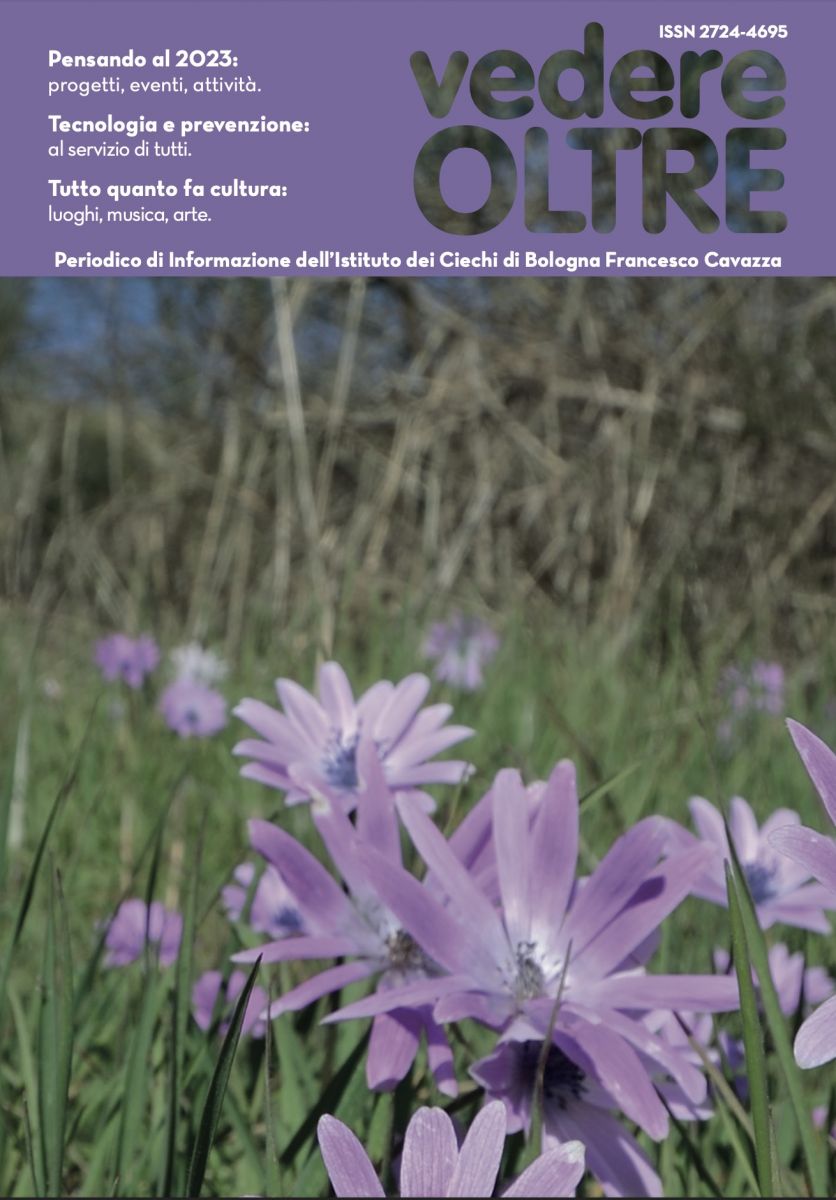



.png)